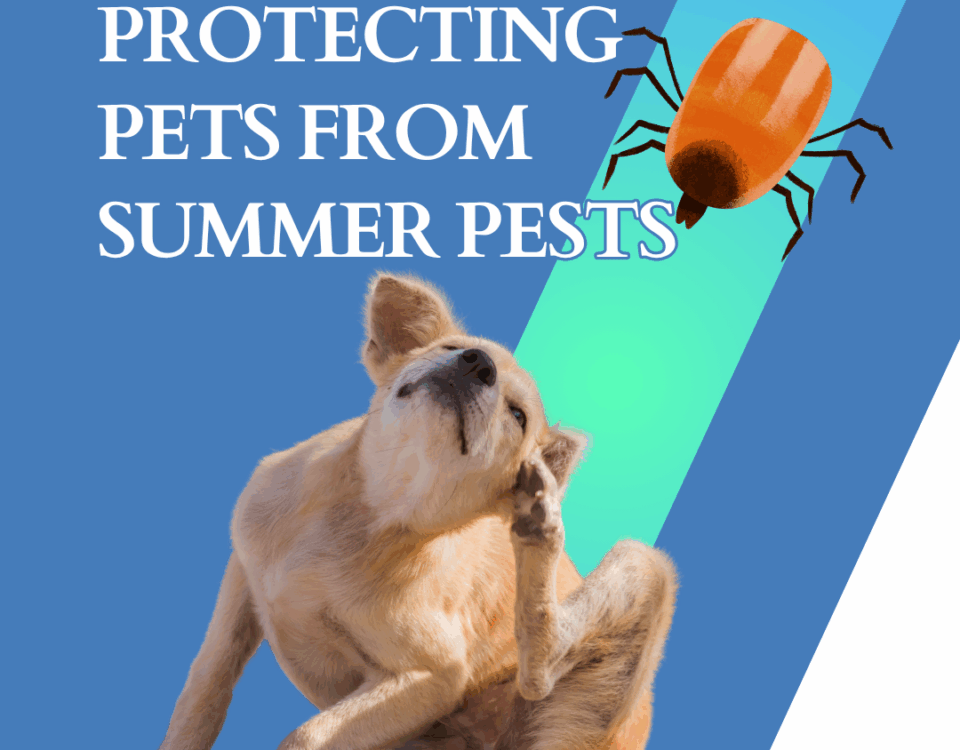How Smart Is Your Dog?
January 10, 2014Virtual Pet Behaviorist
January 16, 2014Papillomatosis in Dogs
The term papillomatosis is used to describe a benign tumor on the surface of the skin. A virus, known as the papillomavirus, causes the growth. The general appearance is wart-like, raised, with the central surface having an open pore if the wart is inverted. In dogs, the warts are most commonly presented in a raised manner; however, inverted warts are not uncommon. The pigmented appearance normally presents as a rough surface that is flat in appearance and black in colour.
There are instances where the papillomatosis can progress, causing common forms of skin cancer. It is also possible for invasive cancerous cells to penetrate and begin eating the underlying tissues. They are usually located around the lips, mouth and tongue. In young dogs the wart virus may be present around the mouth, genitals or eyes. However, the skin can be affected at any age.
Papillomatosis can affect both dogs and cats. If you would like would like to learn more about how this disease affects cats, please visit this page in the PetMD health library.
Symptoms and Types
Symptoms related to this disorder include bad breath associated with oral papillomatosis, bleeding from the mouth, increased or decreased appetite, and excessive excretion of saliva. Dogs will usually develop the papillomas, which are oval or circular in shape, around the lower abdomen.
Causes
Papillomatosis is contagious in nature and is caused by the canine oral papillomavirus. There are some cases where the wart virus is genetically related by breed.
Diagnosis
Your veterinarian will take a biopsy of the lesions if the papillomavirus is oral in nature. When there is evidence that the papillomatosis has affected the skin, or there are visible changes to the skin and cellular structures, pathology tests will be required. Further tests associated with the immune system will establish whether viral antibodies are present within the lesions.
Pictures: http://dogwartsupport.com/dog-wart-pictures/
View the full article at http://www.petmd.com/dog/conditions/skin/c_multi_papillomatosis#.UtcvUtJdVA0



